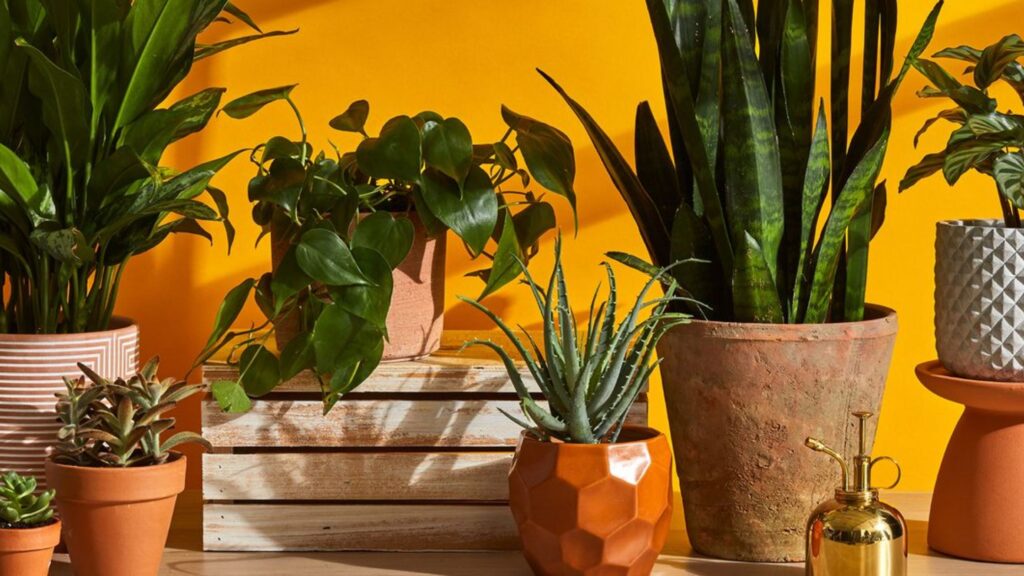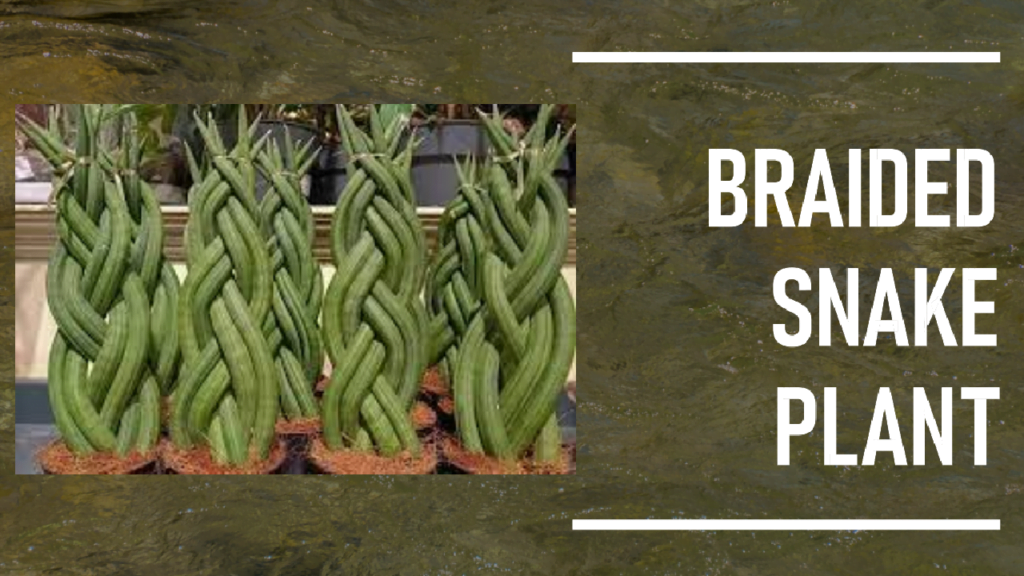If you think your indoor air is safer than the outside air, you’re wrong! Synthetic building materials and different organic compounds direct various health hazards, leading to “sick building syndrome.”
An individual suffering from Sick Building Syndrome (SBS) experiences a range of symptoms related to spending time in a certain building. Headaches, eye, nose, and throat irritation, fatigue, dizziness, and nausea are among the symptoms.
Sick Building Syndrome is often caused by poor indoor air quality and contaminants, such as mold, pollen, or cleaning products that emit chemicals.
A NASA study in 1989 showed that some houseplants can naturally remove toxic agents. And in this article, you are going to get NASA approved indoor plants.
They’re also easy to take care of and act as natural air purifiers, getting rid of toxins such as benzene, formaldehyde, and trichloroethylene. Now, let’s take a look at 15 NASA approved indoor plants and see how to keep them thriving.
NASA Approved Indoor Plants
According to NASA, these 15 indoor plants purify the air and improve the health of indoor spaces. It’s got snake plants, spider plants, and peace lilies for the best air purification.
1. Mother in Law’s Tongue (Snake Plant)
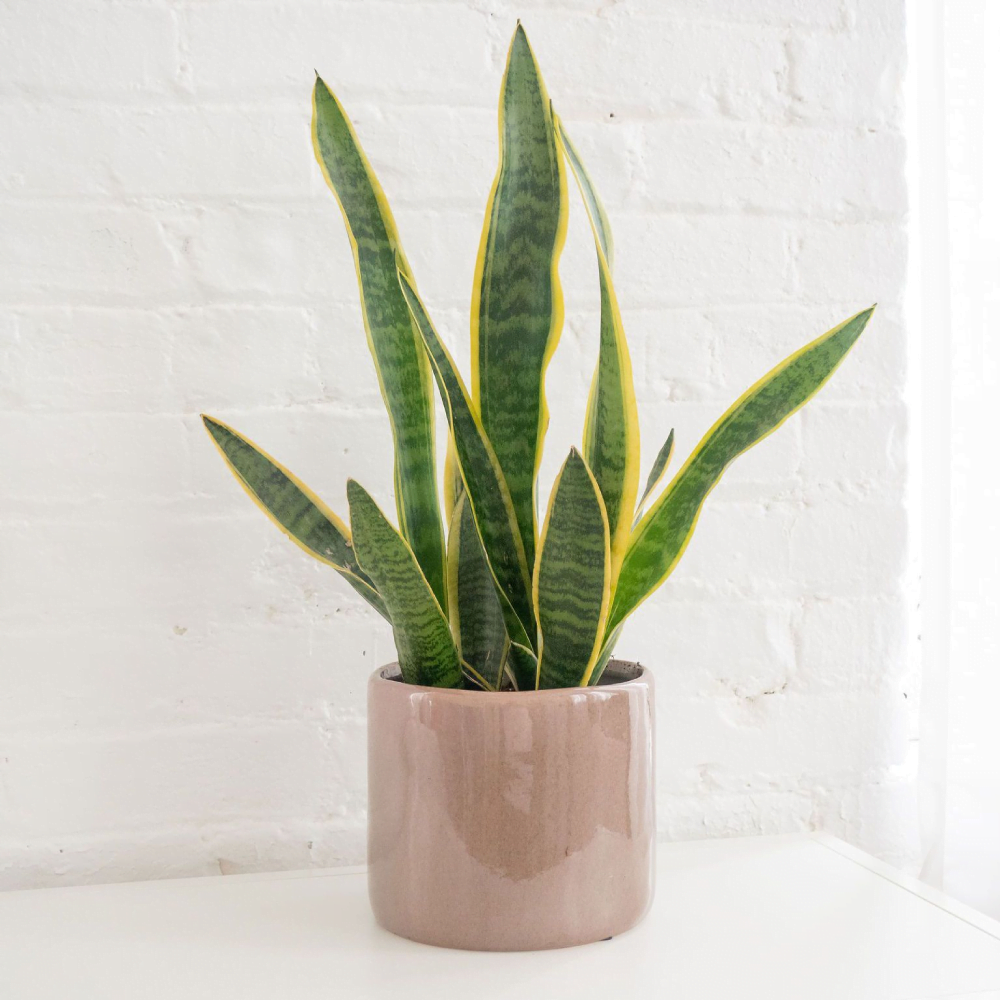
One of the greatest drought-resistant plants that tolerate neglect is the sansevieria. It purges formaldehyde, benzene, xylene, toluene, and trichloroethylene from indoor air, according to the NASA Clean Air Study.
2. English Ivy
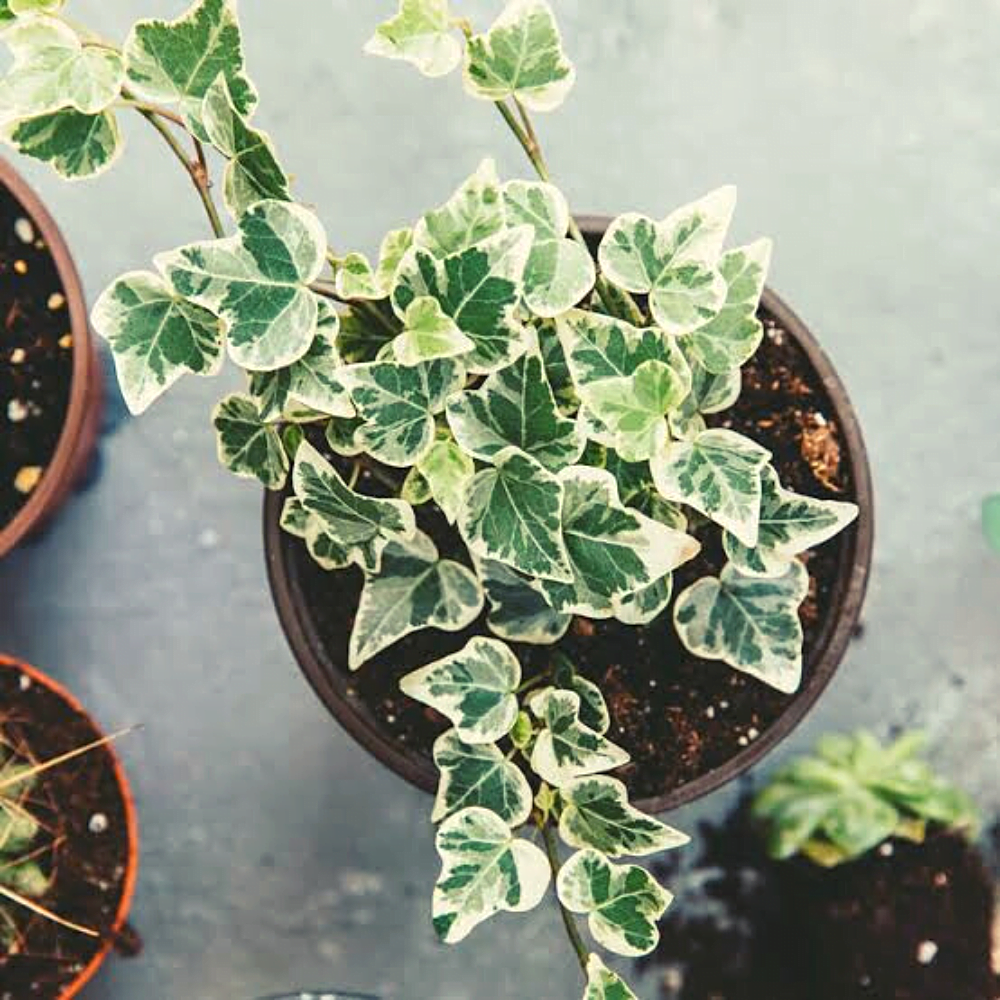
English ivy is an exceptionally strong climber and an evergreen perennial vine. It is helpful for getting rid of toluene and benzene. According to one study, English ivy may also help to lessen mold growth indoors.
3. Warneckei
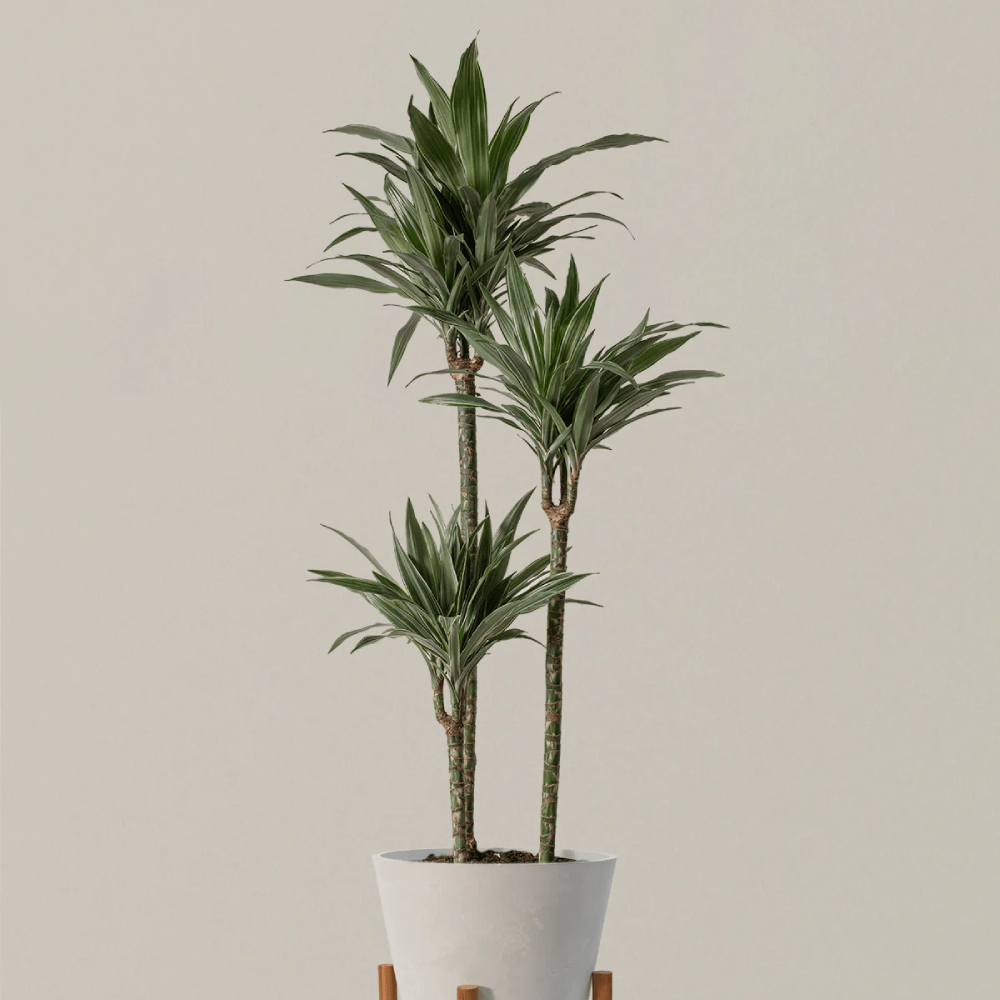
Dracaena fragrans has a hardy variety called “Warneckei.” To purge the air of dangerous chemicals like benzene, formaldehyde, and trichloroethylene, grow it inside. Don’t forget to provide bright indirect sunlight. In the experiments, Warneckei with a leaf area of 7242 eliminated 39107 micrograms of benzene.
4. Barberton Daisy

The Barberton or Gerbera daisy is well known for its big, vivid, and colorful blossoms. These NASA approved indoor plants can eliminate benzene chemical fumes, exposure to which has been related to leukaemia.
5. Spider Plant

It appears as though spiderlings are hanging from the container because spiderettes are sprouting from the mother plant! The spider plant is also effective at eliminating formaldehyde, xylene, toluene, and carbon monoxide.
6. Lacy Tree Philodendron
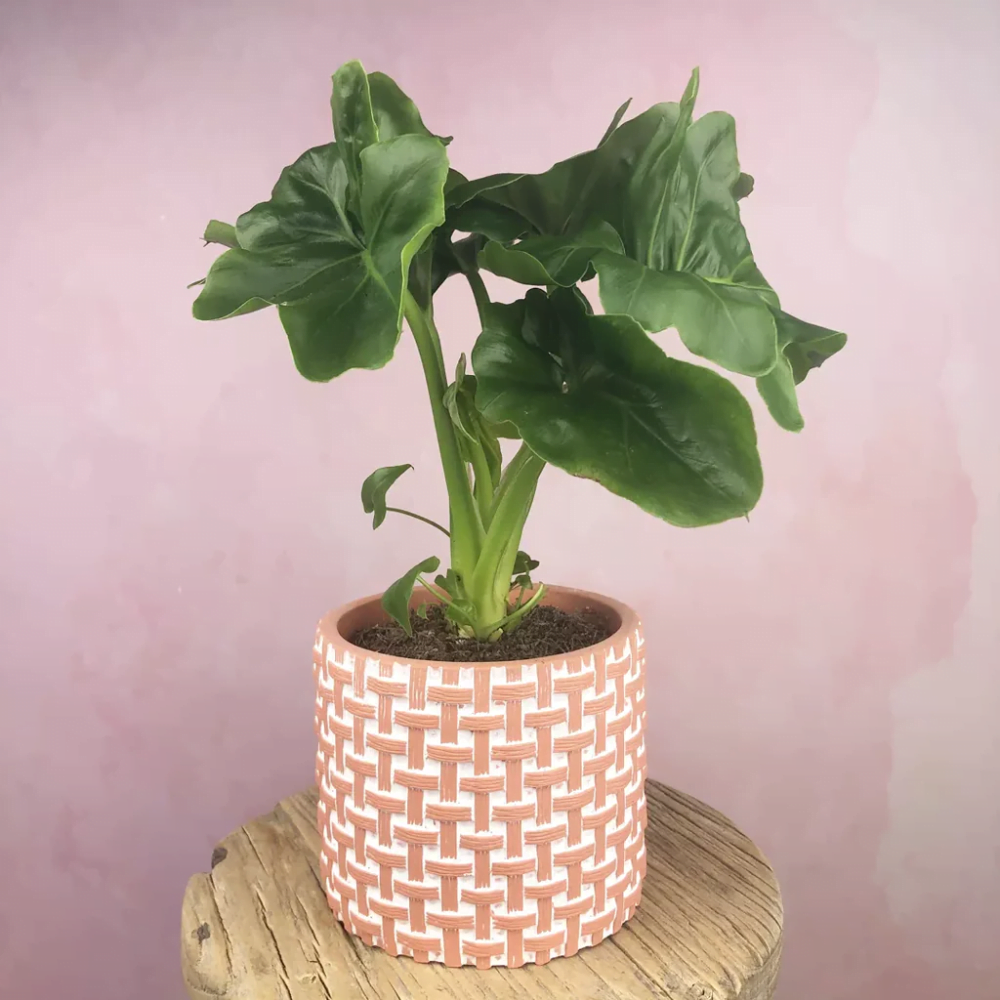
The lacy tree philodendron has large, lobbed leaves. Additionally, it is particularly efficient in eliminating air pollutants like formaldehyde. In the NASA trials, the plant eliminated 8656 micrograms of formaldehyde over the course of a 24-hour exposure period in a sealed container.
7. Red-Edged Dracaena

The leaves of this simple-to-grow shrub have crimson edges and are green sword-shaped. Pollutants such as formaldehyde, benzene, trichloroethylene, and carbon dioxide can be eliminated by dracaena marginata.
8. Heartleaf Philodendron

Heartleaf philodendron, also called the sweetheart plant, thrives in dim lighting. It effectively removes formaldehyde from the air. During NASA’s experiments, the plant with 1696 leaf surfaces was kept in a commercial greenhouse and eliminated 8480 micrograms of formaldehyde over 24 hours.
9. Peace Lily

one of the top NASA approved indoor plants, peace lilies have large white blossoms and glossy green leaves. They are simple to maintain and remove xylene, benzene, formaldehyde, ammonia, and toluene from indoor air.
10. Elephant Ear Philodendron

This Philodendron plant is particularly striking with its large, elephant-ear-like leaves. According to the well-known NASA clean air study, it is a low-light houseplant that does well in the shadow. And excellent at absorbing formaldehyde and airborne allergens.
11. Chinese Evergreen

You can grow Chinese evergreen even if you don’t have a green thumb. It consumes harmful chemicals like formaldehyde and benzene from the atmosphere.
12. Chrysanthemum

If you have a sunny windowsill, you can grow chrysanthemums indoors. These houseplants are effective at purging your home of toxins like formaldehyde, ammonia, xylene, toluene, benzene, and trichloroethylene.
13. Bamboo Plant

The bamboo palm, one of the many varieties of palm trees, thrives in low light. It is at the top of NASA’s list of recommended indoor plants for filtering benzene and trichloroethylene.
14. Aloe Vera

You must be aware of aloe vera’s numerous advantages! It is a well-known therapeutic succulent plant that not only enhances the look of your home but also gets rid of harmful substances. In NASA research, a plant with a leaf area of 713 effectively eliminated 1555 micrograms of formaldehyde in a closed testing environment.
15. Weeping Fig

One of the most loved indoor plants, the weeping fig removes air contaminants like formaldehyde and trichloroethylene. According to the study, the plant could remove 80% of the formaldehyde in just 4 hours.
You can breathe fresh air with above mentioned NASA approved indoor plants. Now, let us learn in detail how to keep these NASA recommended indoor plants thriving indoors.
NASA Approved Indoor Plants
1. Mother in Law’s Tongue (Snake Plant)

One of the toughest and best indoor plants is the Snake plant. Also, Sansevieria doesn’t require frequent watering or bright, direct sunlight.
One of the most efficient air purifiers that removes benzene, formaldehyde, trichloroethylene, xylene, and toluene from the air. Check out the summary of Snake plant indoor care below:
- Placement – indoors
- Light: Shade and artificial light
- Water: Less frequent watering
- Temperature: 55-85°F
- Common names: snake plant and mother-in-tongue law’s
- Scientific name: Sansevieria laurentii
2. English Ivy
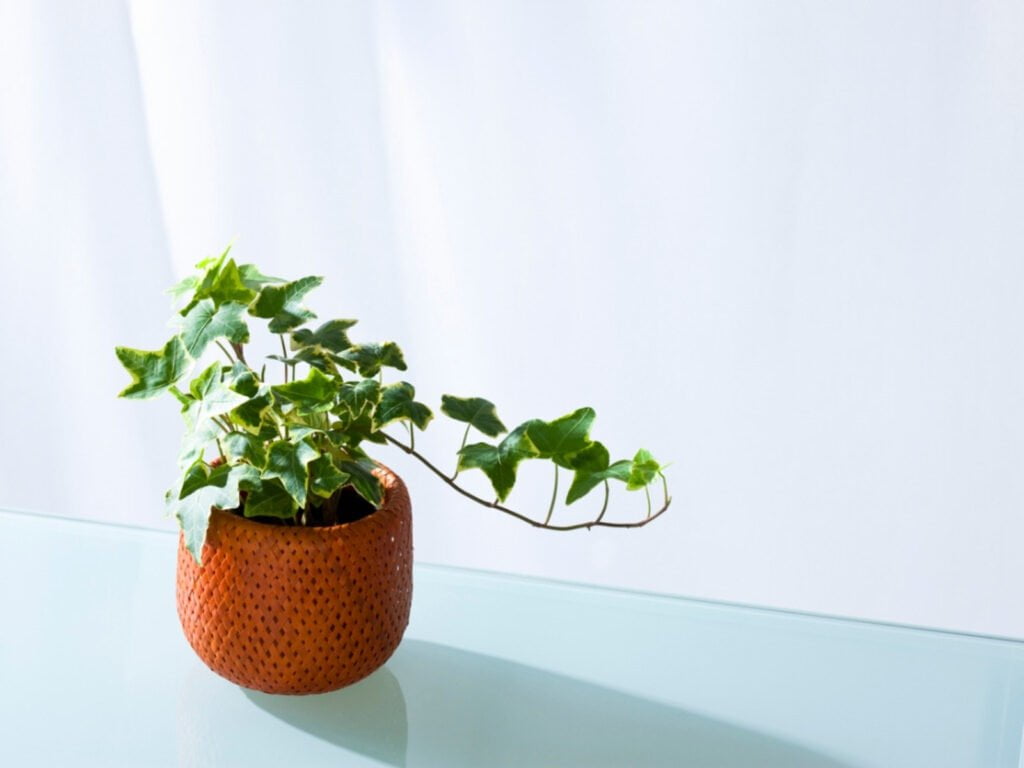
English ivy is one of the most well-known vine indoor plants. It is a native of the majority of Europe and Western Asia.
One of the best plants for removing airborne benzene, formaldehyde, trichloroethylene, xylene, and toluene has been identified as English ivy.
- Placement: Indoors, windowsill
- Light: Natural and artificial
- Watering: Less often
- Temperature: 65 to 85°F
- Common names: “ivy,” “English ivy,” “European ivy,” and “common ivy.”
- Scientific name: Hedera helix
3. Warneckei
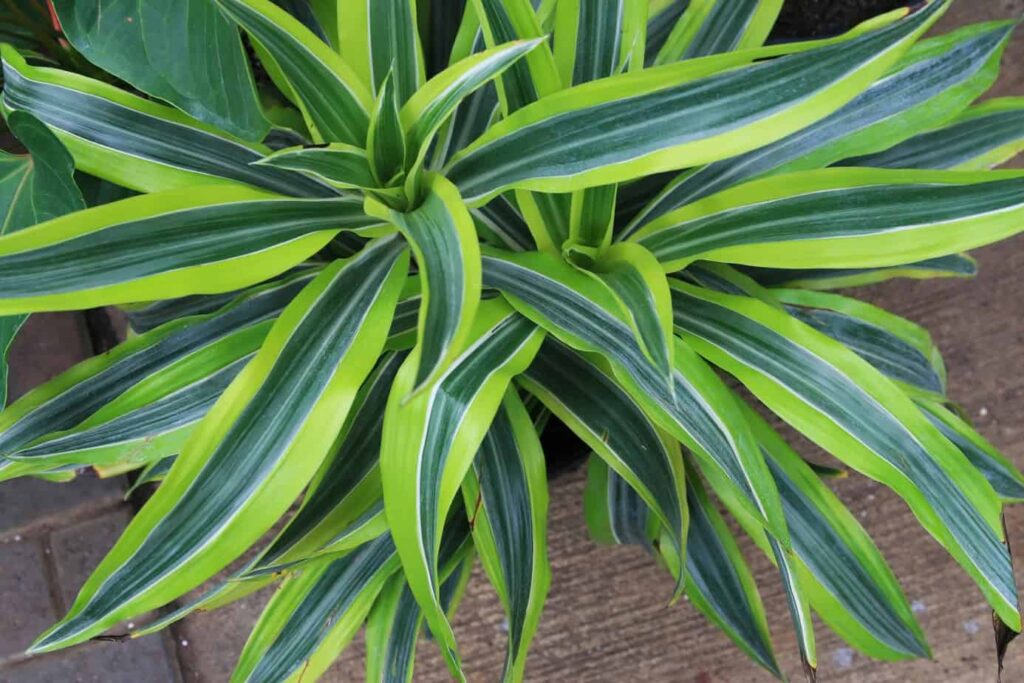
Another NASA approved indoor plant is the Warneckei. It’s a member of the Asparagaceae plant family and of the dracaena genus.
The plant can withstand bad weather and is suitable for indoor growing. It effectively removes formaldehyde, benzene, and trichloroethylene from the air.
- Placement – near north or south-facing window
- Light: Shade and artificial light
- Water: Less frequent watering
- Temperature: 60-70°F
- Common names: warneckei
- Scientific name: Dracaena deremensis “warneckei,”
4. Barberton Daisy

Gerbera is a genus of plants in the flowering plant family Asteraceae. One of the most well-known flowering plants due to its colorful, sparkling blossoms (daisy family).
The plant can withstand harsh weather and does well in strong light. It effectively removes formaldehyde, benzene, and trichloroethylene from the air. A summary of its houseplant care requirements is given below:
- Placement – near window
- Light: Shade and bright light
- Water: Less frequent watering
- Temperature: 65-80 F
- Common name: Gerbera, gerbera daisy, transvaal daisy, and barbertonse madeliefie
- Scientific name: Gerbera jamesonii
5. Spider Plant

One of the top NASA approved indoor plants for eliminating VOCs. According to a report by the university’s Cooperative Extension Service, the spider plant is elegant, fast-growing, and easy to care for.
Formaldehyde, xylene, and toluene can all be removed by a spider plant. A summary of its houseplant care requirements is given below:
- Placement – desk or hanging shelf
- Light: Shade and artificial light
- Watering: Water it well less frequently, once the top inch has dried.
- Temperature: 70-90°F.
- Common name: Spider plant
- Scientific name: Chlorophytum comosum
6. Lacy Leaf Philodendron
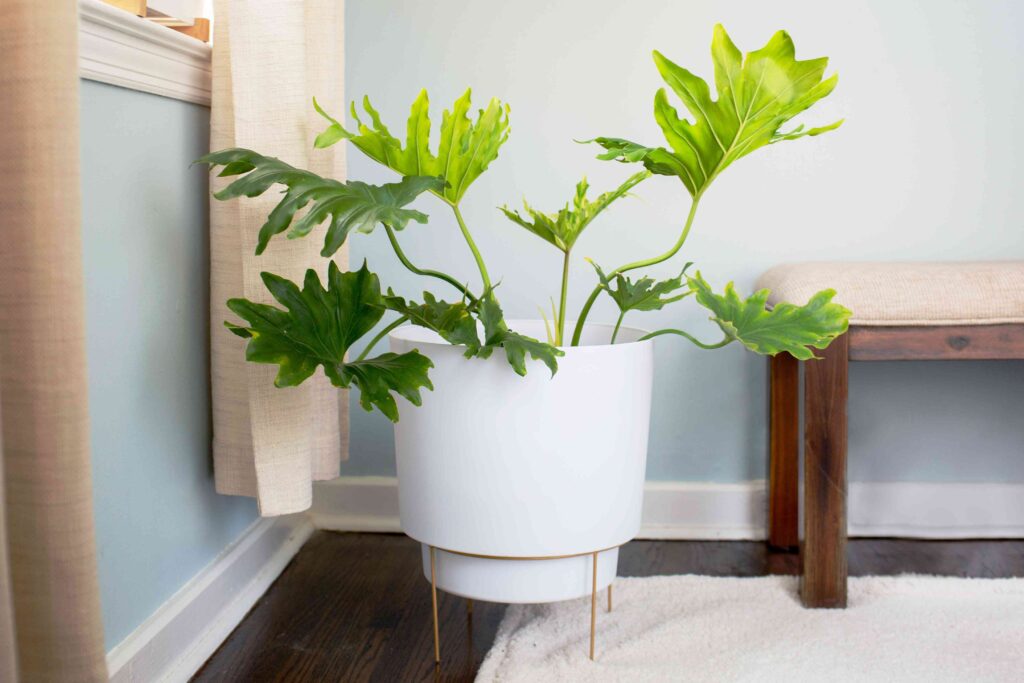
A low-maintenance indoor ornamental plant that instantly gives off a rich green appearance all year round is the Lacy Leaf Philodendron. Keep it in its current container to control its size, or repot it to let its green wings spread: Lacy’s can grow to be quite large.
- Placement: near window but away from direct sun
- Light: Bright indirect light is ideal for philodendron growth. No exposure to direct sunlight, which could burn and fade the foliage.
- Water: Water less frequently throughout the winter, keeping the soil only slightly moist and letting the top layer of the soil dry out in between applications.
- Temperature: These plants prefer mild temperatures between 16 and 27 °C.
- Rich and somewhat alkaline soil that holds onto moisture.
- Common name: Split-Leaf Philodendron, Cut-leaf Philodendron, Tree Philodendron, Horsehead Philodendron, Fiddle-leaf Philodendron, Lacy Tree-Philodendron, Banana-de-macaco
- Scientific name: Thaumatophyllum bipinnatifidum
7. Red-Edged Dracaena
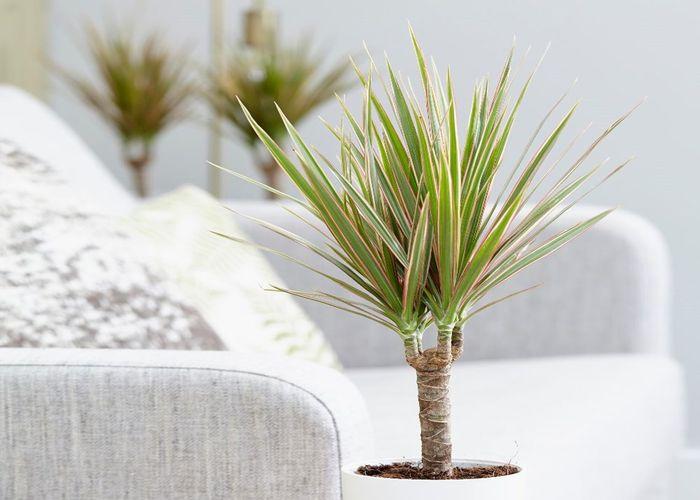
Red-edged Dracaena is a species of the dracaena genus, native to South Asia, and a member of the Asparagaceae plant family.
It is a well-liked, low-maintenance houseplant that thrives in a variety of climates. For the removal of benzene, formaldehyde, trichloroethylene, xylene, and toluene, Dracaena marginata is effective. A summary of its houseplant care requirements is given below:
- Placement: semi-shade spot
- Light: Shade and artificial light
- Water: Less frequent watering
- Temperature: 65 – 75º F
- Common name: dragon tree
- Scientific name: Dracaena marginata.
8. Heartleaf Philodendron
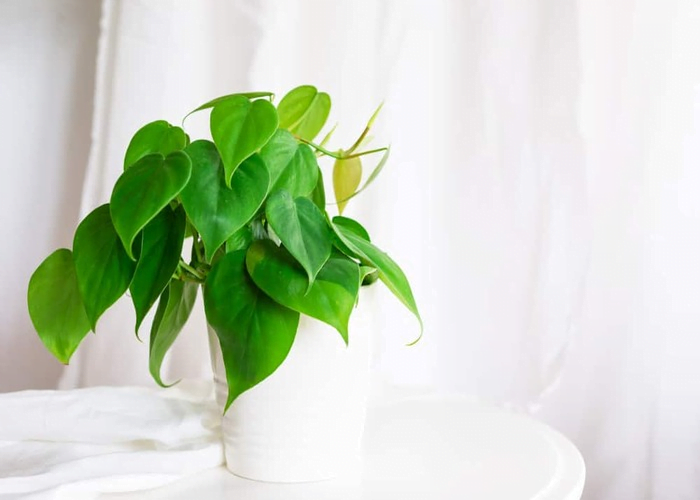
Heartleaf Philodendron is a kind of philodendron that belongs to the Araceae plant family. It is well known for being one of the best low-light houseplants.
It has been discovered to be successful in removing formaldehyde. A summary of its houseplant care requirements is given below:
- Placement: near window but away from direct sun
- Light: Shades of light and artificial light
- Watering: Less often
- Temperature: 70- 85 °F
- Common names: Oxycardium, Philodendron heart leaf, and Sweetheart plant.
- Scientific name: Philodendron cordatum
9. Peace Lily
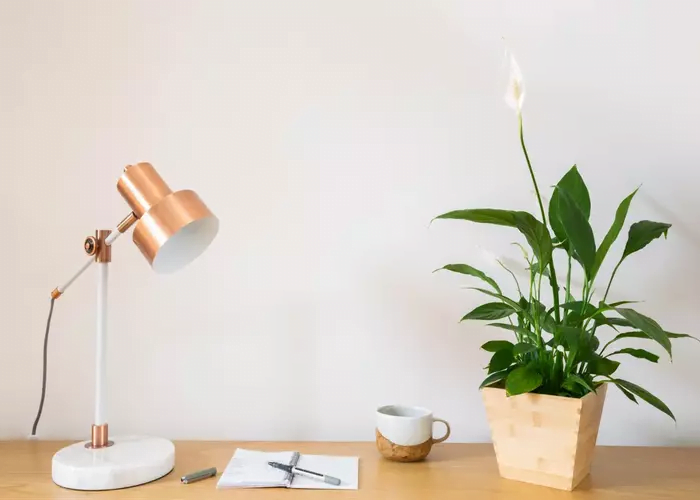
One of the well-liked houseplants in the Araceae plant family is the peace lily. It was discovered to be one of the most efficient plants for removing benzene, formaldehyde, trichloroethylene, ammonia, xylene, toluene, and several other recognized contaminants. Its general characteristics and methods of growth as a houseplant are described below:
- Placement: Anywhere but the bedroom is the best place
- Light: Shade and artificial lighting
- Watering: Less frequently
- Temperature: 68- 85 °F
- Common names: Spath, closet plants
- Scientific name: Spathiphyllum
10. Elephant Ear Philodendron
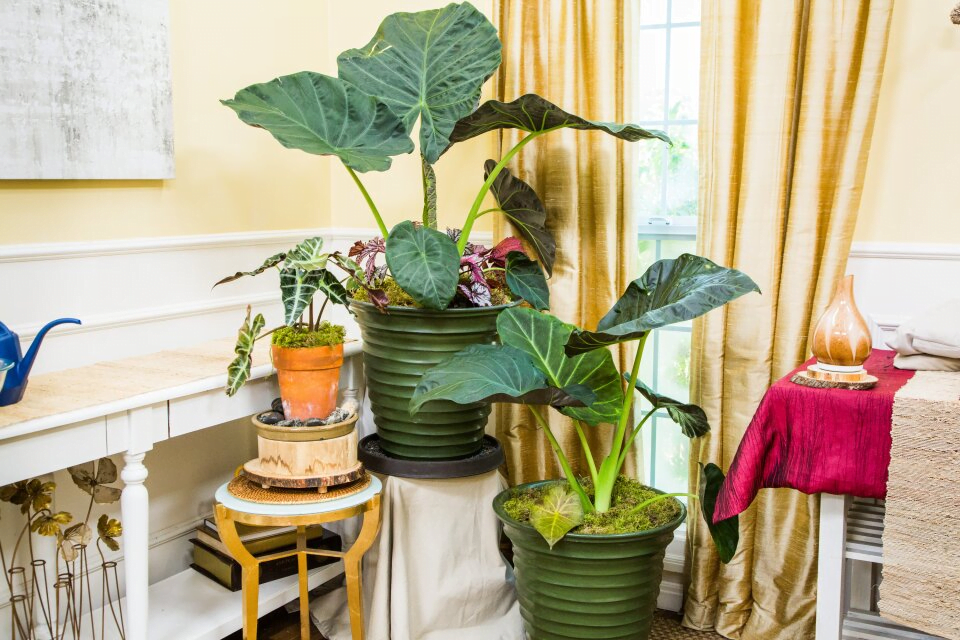
It is a species of the genus Philodendron, which is classified in the plant family Araceae and is well-known for producing superb low-light houseplants.
It has been discovered to be useful in the removal of formaldehyde. The following are its growing habits and an overview as a houseplant:
- Placement – South or west window
- Light – natural light, artificial light
- Watering – less frequently
- Temperature range: 70-80F
- Common names: Spadeleaf philodendron and Burgundy philodendron.
- Scientific name: Philodendron domesticum
11. Chinese Evergreen

Popular indoor plant Aglaonema belongs to the Araceae family of arum plants. It includes more than 100 well-liked kinds that are all attractive and little maintenance.
It has been discovered to be successful in cleansing formaldehyde and benzene. A summary of its houseplant care requirements is given below:
- Placement – Bedroom
- Light: Shade and artificial light
- Watering: Water it well less frequently, once the top inch has dried.
- Temperature: 68 to 77 °F
- Common name: Chinese evergreen
- Scientific name: Aglaonema modestum
12. Chrysanthemum
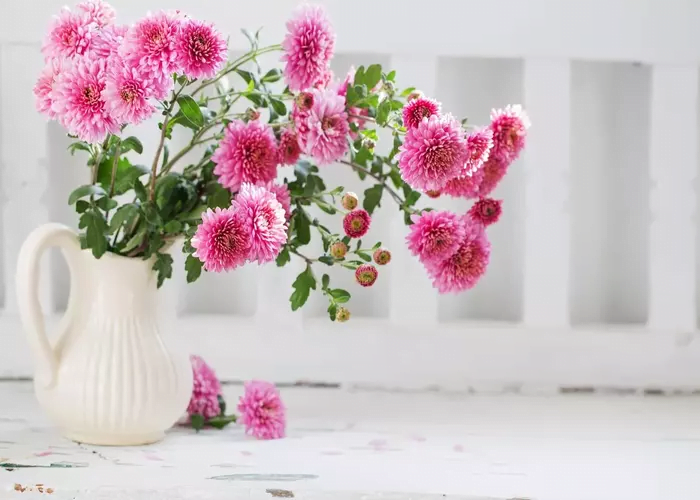
One of the most well-known flowering plants of the Asteraceae family, genus Chrysanthemum, is the chrysanthemum.
It was discovered to be one of the most efficient plants for removing air pollutants like benzene, formaldehyde, trichloroethylene, ammonia, xylene, and toluene. A summary of its houseplant care requirements is given below:
- Placement: a sunny sheltered spot
- Light: Sun in its full glory
- Watering: Less frequent watering
- Temperature: 65 to 70 F
- Common names: Daisy, mums, chrysanths, guldawdi, and shevanti
- Scientific name: chrysanthemum indicum
13. Bamboo Palm
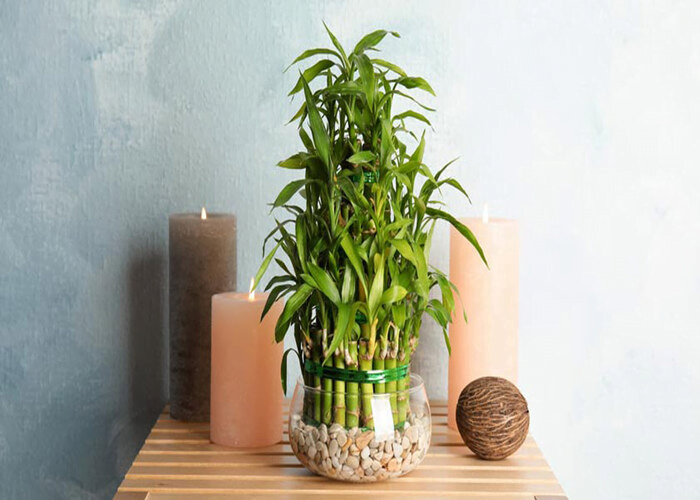
One of the 107 species in the genus Chamaedorea that make up the plant family Arecaceae, the bamboo palm prefers the shade and humidity of trees in rainforests.
There are 107 species in total. It efficiently removes airborne benzene, formaldehyde, trichloroethylene, xylene, and toluene. A summary of its houseplant care requirements is given below:
- Placement: Semi shade area
- Light: Shade and artificial light
- Watering: Regular
- Temperature: 65 to 80F
- Common name: Bamboo palm
- Scientific name: Chamaedorea seifrizii
14. Aloe Vera
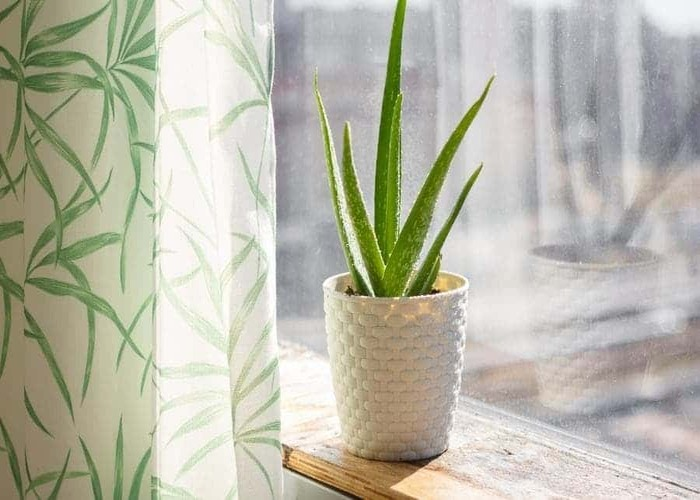
Aloe vera is a succulent plant in the genus Aloe that belongs to the Asphodelaceae plant family. It is one of the most wonderful plants and is useful for a wide range of issues; it has been used for medical purposes since ancient times.
AIoe vera can grow in harsh weather and is suited to growing in deserts and bright light. It works well to remove benzene and formaldehyde. A summary of its houseplant care requirements is given below:
- Placement – Sunny spot
- Light: Shade and bright light
- Watering: Less frequent watering
- Temperature: 55-80F
- Common names: Ghritkumari, aloe vera, and aloe
- Scientific name : Aloe barbadensis mill
15. Weeping Fig
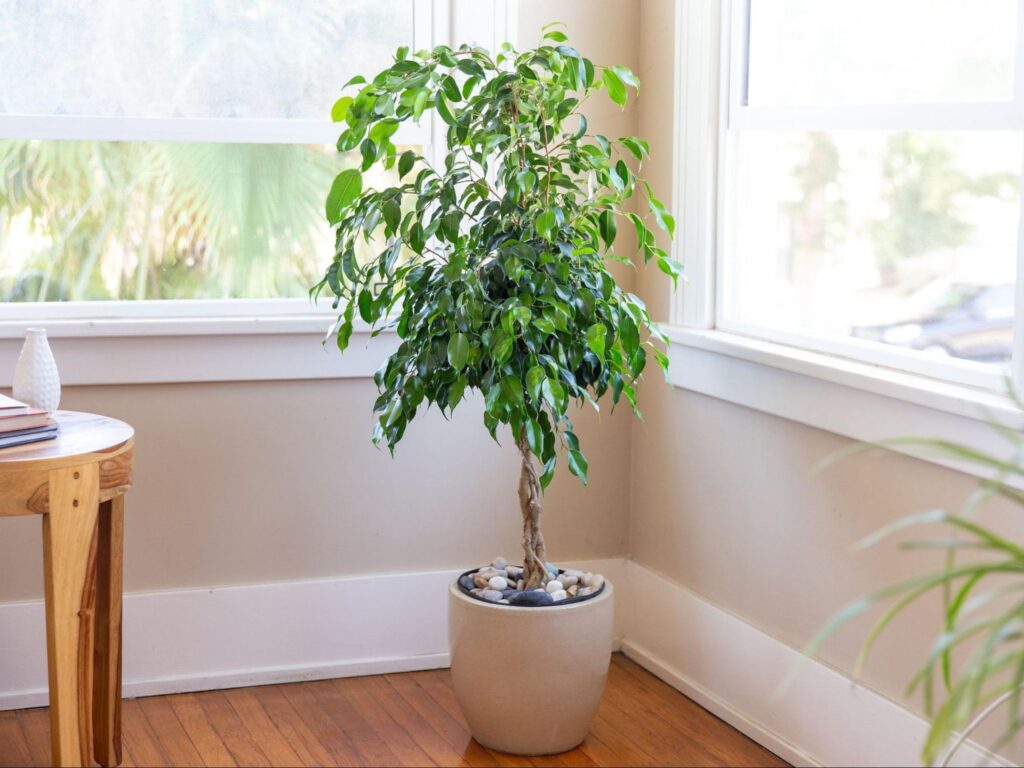
One of the typical multipurpose landscape plants is the weeping fig, which is an Asian native. It can reach heights of up to 30 feet, and because of its resilience and adaptability, it is one of the most widely used potted shade plants.
It has been discovered to be successful in cleansing formaldehyde and benzene. A summary of its houseplant care requirements is given below:
- Placement: shaded area
- Light: Full sun and brilliant light
- Watering: Water it well less frequently, once the top inch has dried.
- Temperature: 65-70F
- Common names: “ficus tree,” “weeping fig,” and “benjamin fig.”
- Scientific name: Ficus benjamina
What Advantages Does Air purifying houseplant Offer?
Houseplants can be particularly good for our physical and mental health, as well as preventing symptoms and illnesses like those brought on by the chemicals.
In order to simulate “fresh air,” houseplants produce oxygen. As they release water vapor, they also make the air more humid.
This can avoid the dryness that many individuals suffer around their lips and nose during chilly winters or after spending too much time indoors.
Having indoor plants has significant advantages for the mind as well. COVID has observed that we are spending an increasing amount of time at home, which has proven particularly challenging for individuals who live in flats.
But plants enable us to bring nature indoors. They can improve our mood, serve as a reminder of nature’s curative power, and give us a sense of stability and center.
There have been numerous studies on how plants might improve our mental health; one examined the effects of placing miniature plants on employees’ workstations in a Japanese business.
The study concluded that, after four weeks, employees who had a houseplant on their desks experienced lower levels of stress and anxiety than those who did not.
Conclusion
The above-mentioned NASA approved indoor plants offer numerous benefits. These plants have been researched and proven to be effective in removing harmful toxins from the air. Thus, improving your indoor air and reducing stress.
Not only NASA recommended indoor plants are beneficial for physical health but also have an impact on mental health. The study has shown that being surrounded by indoor plant reduces stress, improve concentration and boost mood.
Moreover, they are easy to care for and thrive in a variety of indoor conditions. So, if you are looking for a way to improve indoor air and enhance your well-being, bring some of these NASA approved indoor plants.
They are an affordable and natural way to create a healthy atmosphere indoors. Don’t forget to share this helpful article with your friends and family.
Related Articles
- 15 Best Plants for Front Door Entrance India | Auspicious plants for front door
- 10+ Money plant Benefits That Will Make you Keep It In Your House
- Are Spider Plants Toxic to Cats?- 4 Ways To Prevent Your Cats From Eating Spider Plants.
- Best Plants for the House – 8 Top Apartment Plants That You Can’t Miss
- How to Braid Your Snake Plant: Tips and Care Guide
- 20+ Rare and Unusual Peace Lily Varieties You’ll Love



